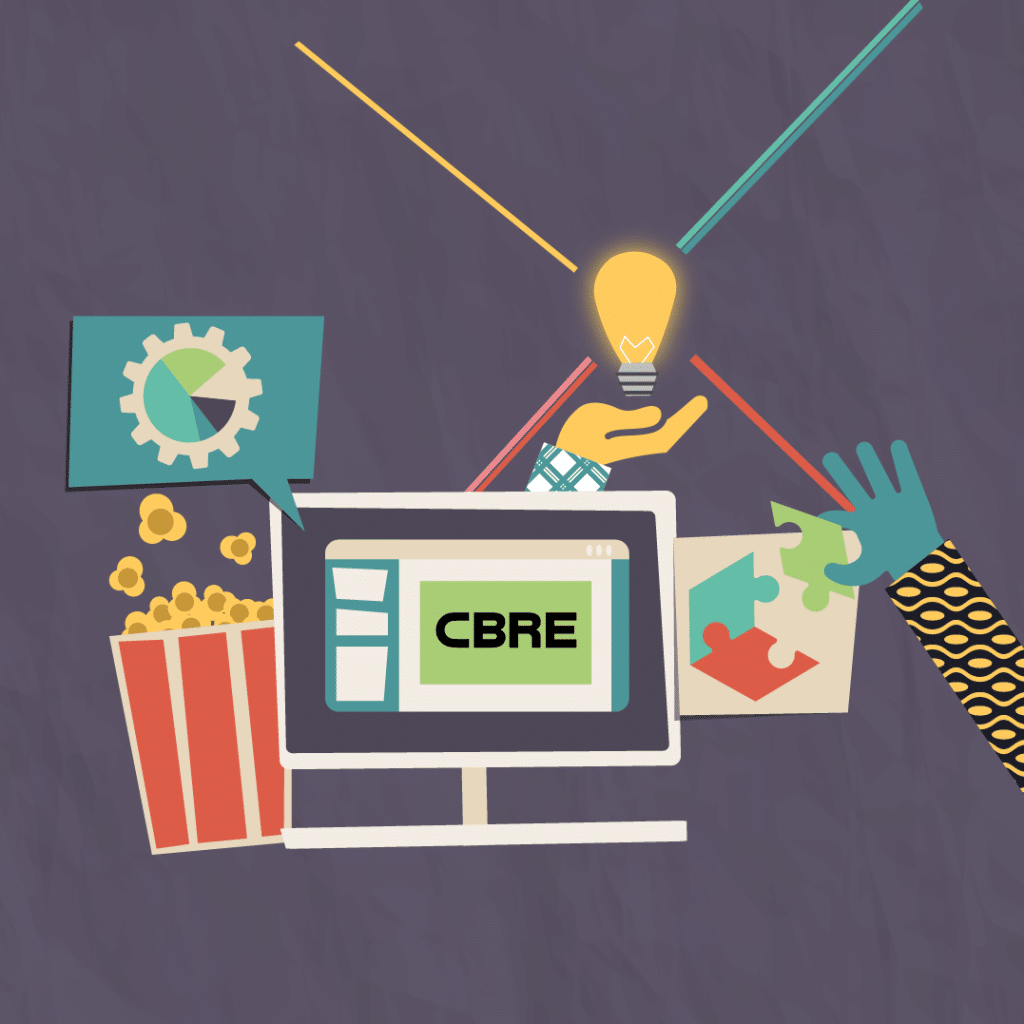Virtual reality. We had such high hopes. The film The Lawnmower Man made it look cool (and a bit scary) way back in 1992. But now, thirty years on, why isn’t it part of daily life?
The technology has certainly improved over the years, and it’s now much more accessible. At the time of writing, a quick search on Amazon brings up an Oculus Quest 2 VR headset for £300. Yet if I had a spare £300 burning a hole in my pocket right now, I still don’t feel compelled to go out and buy it.
But why is that? Surely as a tech-loving gaming fan who’s overdue a midlife crisis, VR should be vying for space at the top of my wish-list alongside a sports car and a dinghy. It’s not.
Maybe it’s the stories I hear about motion sickness. Maybe it’s the fear of looking like an idiot when wearing the headset.
Maybe it’s just that we’ve been sold a bit of a lie.
Let’s keep gaming out of this for a moment and concentrate on the world of learning and development. For years, the halls of learning tech exhibitions around the world have been awash with people selling VR as the next big thing – the magic bullet that can fulfil every learning need ever.
Needless to say, it’s not the next big thing and, unless you have the training budget of a medium-sized country’s GDP, it won’t come close to fulfilling all of your learning needs – let alone providing you with return on your investment.
That’s not to say that VR hasn’t got its place. Immersive simulation is the perfect application for VR. Pilots have been trained in VR for years. Sure, they could learn on the job, but it’s not preferential. I’d argue that emergency planning and medical training could also benefit from being done in this way – you can recreate a real-world situation and train people how to perform to a high standard, all while keeping the learning environment controlled and safe. But should we use VR for sales skills, or interview techniques? That sounds like a huge waste of money to me.
My advice for anyone wanting to invest their training budget is forget VR and focus more on its cousins – augmented reality (AR) and mixed reality (MR).
Augmented Reality
AR has been around for several years now. Pokémon Go was launched in 2016 and, although it wasn’t the first AR app out there, it did introduce it to a lot of us. Now, most people use AR without even realising it – a lot of social media camera filters, for example, are a form of AR.
AR has a couple of important things going for it over VR. To start with, you can use it without needing anything more than a smartphone. Any organisation wanting to utilise AR as part of their learning can do so safe in the knowledge that they probably won’t need to fork out for any extra equipment. Secondly, the cost of developing AR applications is minute compared to VR – you can concentrate on pop-ups and video rather than worrying about recreating a fully digital world.
This isn’t to say that AR is without its own shortcomings. Augmented reality treats the image that your camera sees as 2D and layers the information over the top. This means that augmented reality items just sit in front of 3D objects, rather than interacting with them. If you want those items to appear as if they are part of the real world environment, then this is where mixed reality comes in.
Mixed Reality
Mixed reality sits between VR and AR. It takes digital objects and allows them to interact with the real environment. It still requires a headset similar to one you would use for VR, but you’re not shut off from the outside world so you can still see your surroundings.
The cost of the equipment is likely to be prohibitive for many large organisations at the moment, especially those with hopes to provide a MR headset for every employee. However, with Apple rumoured to be developing their own MR technology, it may become desirable enough to consumers so that it eventually falls into the ‘bring your own device’ camp. Apple have the ability to push MR into the mainstream. After all, nobody wanted a tablet until they launched the iPad.
MR has the potential to support numerous business applications. For example, through a MR headset you can have multiple virtual monitors on your desk, all while having the notes from a meeting ‘pinned’ to the wall next to you. You can have a face to face meeting, complete with all the benefits of eye contact and gestures, but be in completely different locations to one another. And you can learn shoulder to shoulder with someone while exploring the benefits of the metaverse (but more of that in another post).
Conclusion
If you’re still reading – thanks! The least I can do is provide you with some form of conclusion to all of this. So here it goes…
Virtual reality is expensive to develop, and the headsets make you look daft. Mixed reality headsets still make you look daft, but there are at least more potential uses to help justify the cost. Augmented reality is cheaper to develop and uses kit that people already own with no daftness involved.
So, it’s a win for AR then.
Not quite.
When all’s said and done, for me, it all boils down to the learning needs that you have. Want to recreate a potentially high-pressure situation to train your people? As long as cost isn’t an issue then VR wins. Want a snazzy orientation course? AR will be a great shout. Need to recreate the classroom environment without having the travel costs? MR’s your answer.






